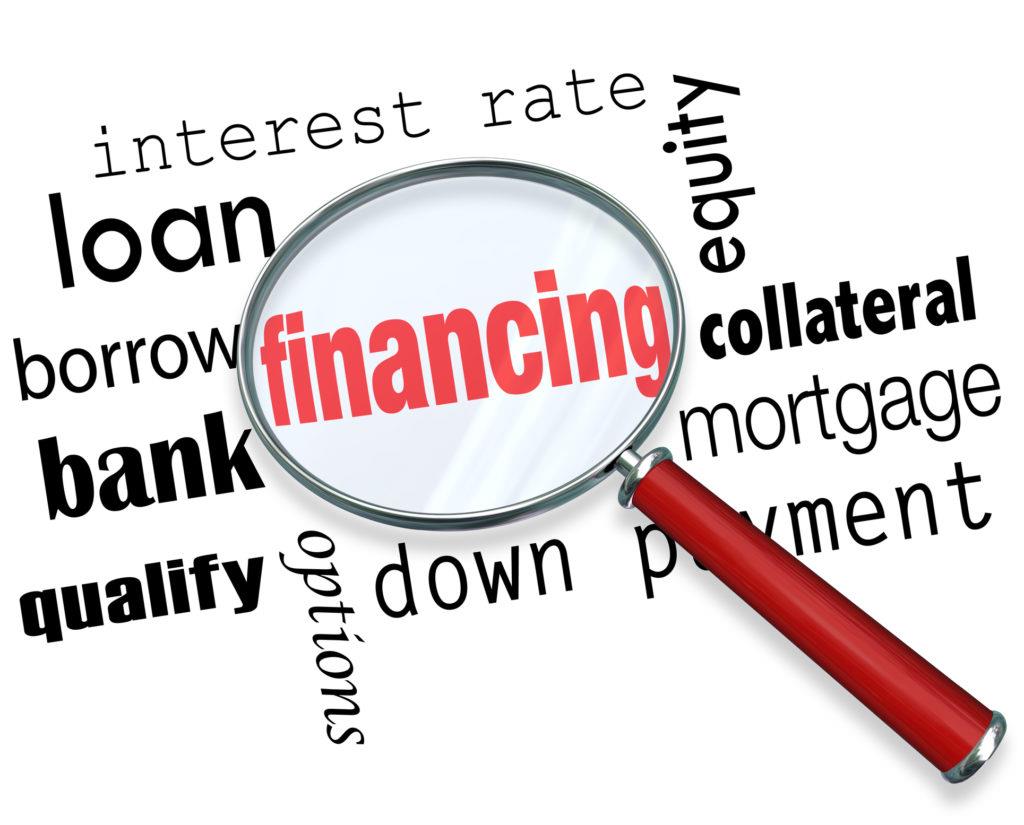Are you considering mortgage refinancing but unsure of where to start?
Refinancing your mortgage can be a smart financial decision, but it’s important to understand the process and weigh the pros and cons before making a decision.
This guide will provide you with everything you need to know about mortgage refinancing, including the reasons to refinance, the types of refinancing options available, and the application process.
Firstly, there are several reasons why you might want to refinance your mortgage. Perhaps you want to lower your monthly payments, reduce your interest rate, or shorten the length of your loan. Or maybe you want to tap into your home’s equity to fund a major expense, such as home renovations or college tuition.
Whatever your reason may be, refinancing your mortgage can help you achieve your financial goals. But with so many refinancing options available, it’s important to understand which one is the best fit for your specific needs.
 Reasons to Refinance Your Mortgage
Reasons to Refinance Your Mortgage
So, you’re thinking about refinancing your mortgage? Well, let me tell you, there are some pretty compelling reasons to consider it.
One of the most common reasons is to lower your monthly mortgage payments. Refinancing can help you secure a lower interest rate than what you currently have, which means you’ll pay less interest over the life of the loan. Additionally, you may be able to extend the term of your loan, which can make your monthly payments more affordable.
Another reason to refinance your mortgage is to access equity in your home. If you’ve built up some equity in your home, you can tap into it by refinancing. This can be a great option if you need cash for home improvements, debt consolidation, or other major expenses.
By refinancing, you can borrow against the value of your home and use the funds for whatever you need. Keep in mind, though, that accessing equity through refinancing means you’ll be taking out a larger loan, which can result in higher monthly payments.
Types of Refinancing Options Available
Take a look at the different refinancing options available to find the one that best fits your financial goals and situation.
Refinancing your mortgage can be a great way to save money on interest, lower your monthly payments, or even get cash out of your home.
Here are the main types of refinancing options you can choose from:
- Cash-out refinancing: This option allows you to borrow more than you owe on your current mortgage and take out the extra cash as a lump sum. This can be a good choice if you need money for home improvements, debt consolidation, or other large expenses.
- Rate and term refinancing: With this option, you can change the interest rate, loan term, or both on your mortgage. This can help you save money on interest, pay off your loan faster, or lower your monthly payments.
- Reverse mortgage: This type of refinancing is available to homeowners who are 55 or older and have significant equity in their homes. It allows you to convert some of your home equity into cash, but you’ll need to pay back the loan when you move out or pass away.
By understanding the different refinancing options available, you can make an informed decision about whether to refinance your mortgage and which option to choose. Consider your financial goals, your current loan terms, and your long-term plans for your home before making a decision. With the right refinancing option, you can save money, get cash out of your home, or simply improve your financial situation.
The Application Process: What to Expect
Once you’ve decided to refinance, get ready for a detailed and thorough application process that will involve gathering required documents, filling out forms, and working with a lender to ensure a smooth and successful transaction.
The first step is to find a reputable lender or broker and submit a loan application. The lender will then request documentation, such as pay stubs, tax returns, bank statements, and proof of insurance, to verify your income, assets, and creditworthiness.
After submitting the required documents, the lender will review your application and determine whether you qualify for refinancing. This process can take several days, so it’s important to stay on top of the timeline and deadlines to ensure a timely closing.
Once you’re approved, you’ll receive a mortgage commitment that outlines the terms of the new loan, including the interest rate, monthly payment, and closing costs. If you agree to the terms, you’ll need to sign the loan documents and pay any closing costs before the loan can be funded.
Pros and Cons of Mortgage Refinancing
Before deciding whether to refinance, it’s important to weigh the advantages and disadvantages of this financial decision. While mortgage refinancing can provide numerous benefits, it isn’t always the best option. Conducting a cost-benefit analysis can help you determine whether refinancing is right for you.
Advantages of Mortgage Refinancing:
- Lower interest rates can reduce monthly payments and save you money over the life of the loan.
- Switching from an adjustable-rate mortgage to a fixed-rate mortgage can provide stability and predictability.
- Cash-out refinancing allows you to tap into your home’s equity and use the funds for home improvements, debt consolidation, or other expenses.
- Shortening the loan term can help you pay off your mortgage faster and save on interest.
- Consolidating multiple mortgages into one can simplify your finances and potentially lower your interest rate.
Disadvantages of Mortgage Refinancing:
- Closing costs can be expensive and may offset the potential savings from refinancing.
- Extending the loan term can increase the total amount of interest paid over the life of the loan.
- If your credit score has decreased since you obtained your original mortgage, you may not qualify for a lower interest rate.
- Refinancing may reset the clock on your mortgage, which means you’ll be making payments for a longer period of time.
- If you plan on moving in the near future, refinancing may not be worth the time and expense.
Making the Right Decision for Your Financial Goals
So, if you’re wondering how to make the right financial decision for your goals, it’s important to evaluate all the factors involved in refinancing your home.
While there are refinancing benefits such as lower interest rates, lower monthly payments, and accessing cash for home improvements or debt consolidation, there are also refinancing risks such as extended loan terms and higher closing costs.
To make the right decision for your financial goals, you need to consider your current financial situation, your long-term goals, and the potential benefits and risks of refinancing.
Ask yourself, what’s your current mortgage interest rate, and how much could you save by refinancing? Do you plan to stay in your home long enough to recoup the closing costs and fees associated with refinancing?
What are your long-term financial goals, and how does refinancing fit into those goals? By evaluating all of these factors, you can make an informed decision about whether refinancing is the right financial move for you.
Conclusion
Now that you’ve got all the info you need about mortgage refinancing, it’s time to decide. Remember to consider your financial goals and current situation before deciding to refinance.
If you’re looking to save money on your monthly payments or pay off your mortgage sooner, refinancing may be a great option for you. However, be sure to weigh the pros and cons carefully.
Refinancing can come with costs and fees and may not always be the best choice for every homeowner. Ultimately, the decision to refinance your mortgage should be based on your unique circumstances and financial goals.
With the right information and guidance, you can make the best decision for your financial future.

